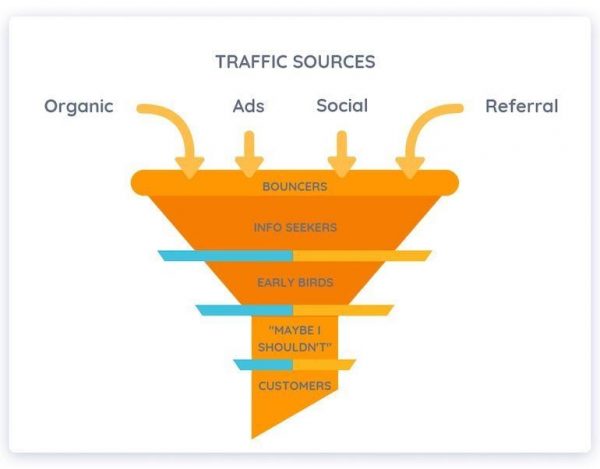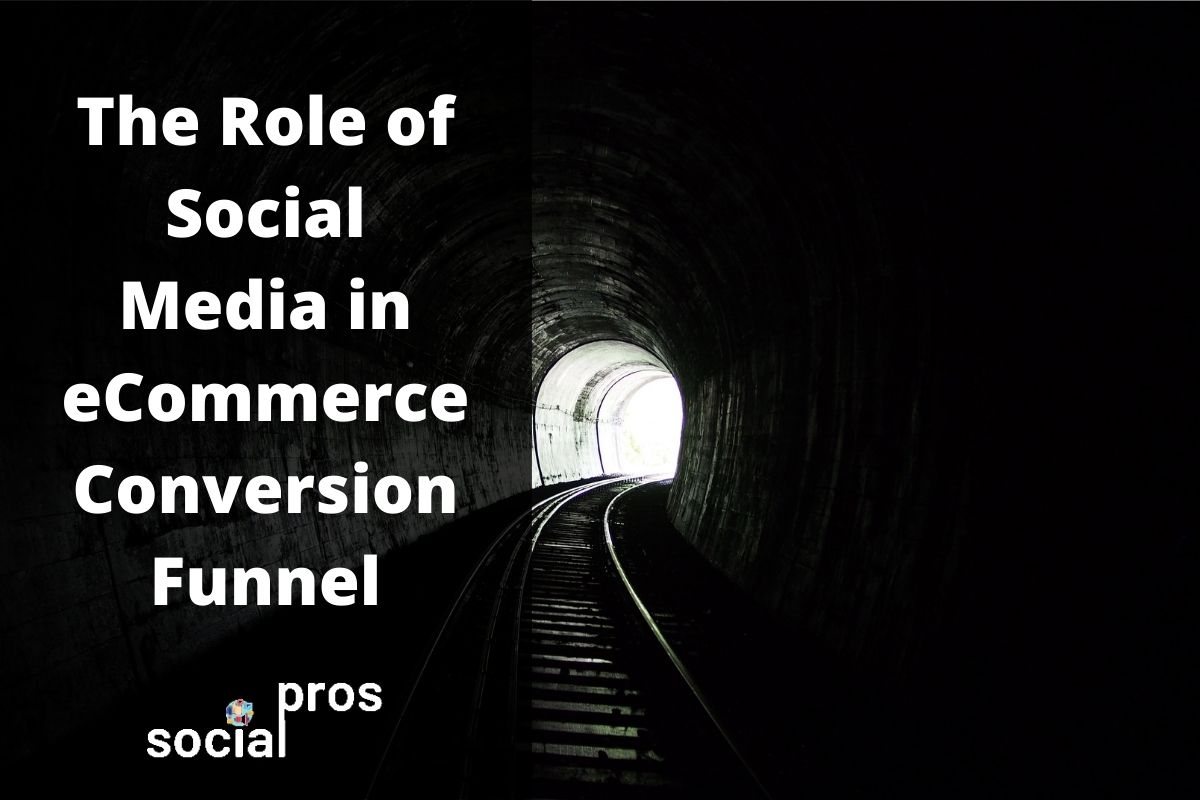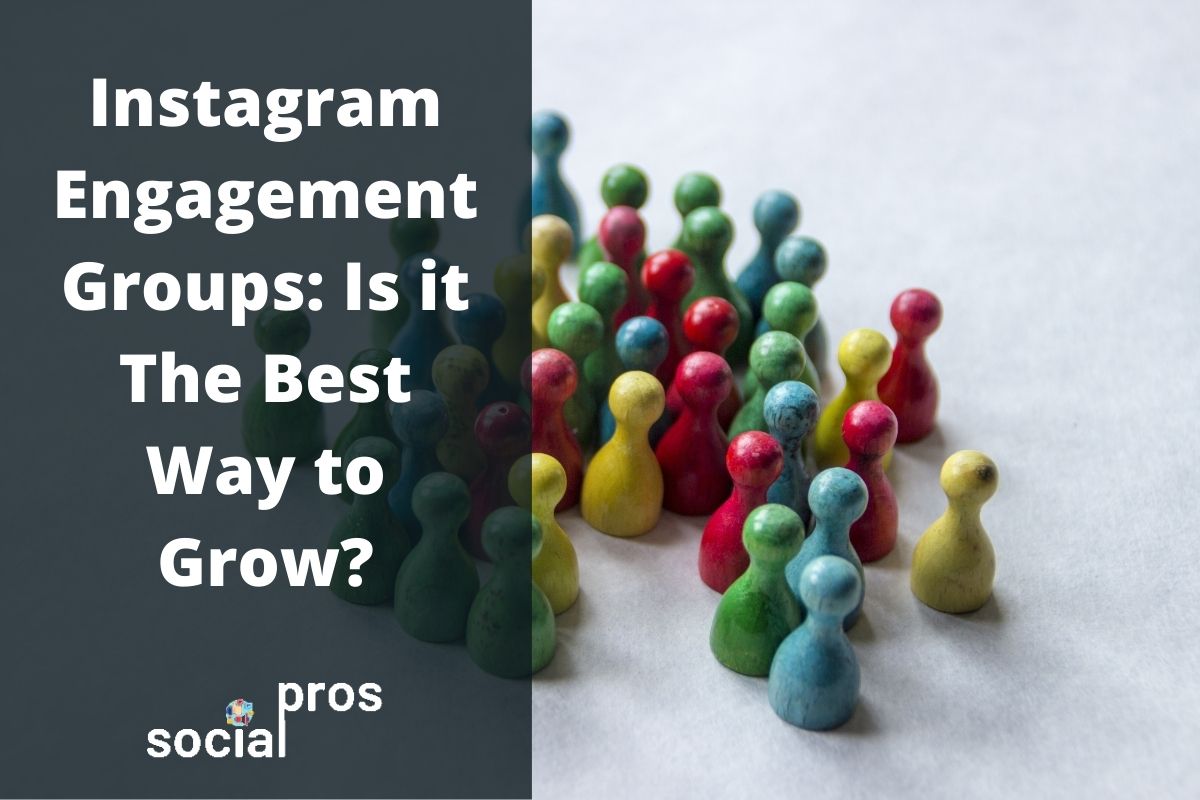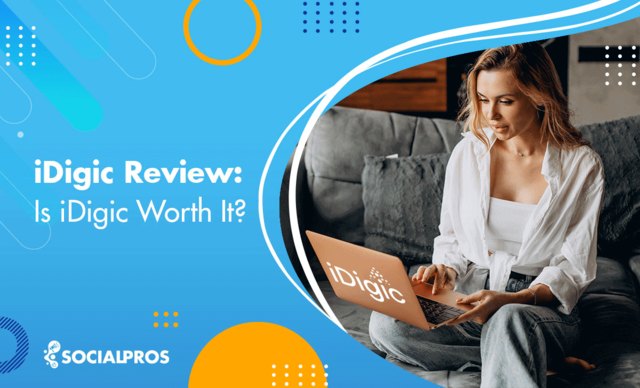Page Contents
What’s the role of social media in the conversion funnel of your eCommerce business? Well, Social media is designed to inform, entertain and help people connect. But that’s not all! The most popular platforms such as Facebook, Instagram, LinkedIn, Twitter, and more are also designed to help you sell.
It turns out that you can set up an outstanding conversion funnel for your eCommerce site by using social media. Driving traffic through these popular platforms is a digital marketing tactic that many brands take advantage of.
Meanwhile, many other businesses don’t use social media because they don’t know how to make it a part of their conversion funnel. Below, we are going to help you understand the whole concept so that you can build your website conversion funnel via social media marketing.
You may also like:
- Why Instagram is Essential for eCommerce Owners?
- How to Use Instagram Ads for eCommerce Stores
- Use Instagram to Grow your eCommerce and Marketplace Platforms
Understanding the Conversion Funnel

What we call a conversion funnel is the process of introducing your product or service to people and converting them into customers. Catching their attention, arousing their interest, proving that you can solve a problem they have and building brand awareness are all part of the process.
Since people have quick access to information via their smartphones and a lot of exposure to ads, their attention span is shorter than ever. Moreover, nothing holds businesses back from advertising globally, which is why the competition is fiercer.
These factors make it harder to find those areas where it is easier to beat the competition and create a sales funnel that works.
Social Media as Part of the Conversion Funnel
In a sales funnel, the role of social media is to raise the awareness of your audience, spark their interest and cause them to evaluate. Based on the video, case study, blog post, or any type of another ad in front of them, they are going to decide how valuable your product or service is to them.
Therefore, the conversion funnel begins with social media because that is one of the places where people discover your product. Producing content on Facebook, Instagram, Twitter, and maybe even on some of the other popular platforms is crucial.
The process of building brand awareness includes people discovering and liking your content on more than one social media platform. Satisfied customers can also leave reviews there and become your followers, which will spark the interest of other potential customers.
Social media also makes it easy to share content, allowing people to recommend you to their friends. Then, your followers can join your Twitter threads at any time, leaving their honest opinion there and further building your reputation.
As you can see, social media tips can help you build your brand in many ways if you are aware of the opportunities it offers.
Read More: Use This 1000 Free Instagram Followers Trial for Real Followers
The Importance of Repeating Your Message
Taking advantage of multiple social media platforms is the way to go for every business that wants to build its online presence. Your target audience is rarely going to click right away when they see your ad the first time.
They need to see your ad, consume your content, receive emails from you, or see your tweet at least a couple of times before making a purchase. Take a look at this study by Sprout Social where they delve into this topic in great detail.
According to their data, people need to see your content or ad on social media 2 to 4 times before they decide to buy. This concept of being everywhere at the same time is not new. We already saw in the past couple of decades how big companies are running ads on TV, on the radio, in movies, via posters, etc.
You need to follow the same tactic online to increase brand awareness. Here are a few tips on how to reach your audience on various social media platforms:
#1 Compose similar content for every single platform you want to build a presence on
This tactic is about conveying the same message everywhere. You only need to word them differently to avoid repetitiveness and to publish each message at different points in time by scheduling them.
#2 Being repetitive on Twitter is recommended
The thing about Twitter is that people might not even see your tweet among all the others in their feed. To muster more value out of your message, you need to post it at least 3 times. Depending on the relevance of the message, you either need to post it in a few hour intervals or on different days.
#3 Rotate between different formats of the same message
There is no need to come up with something new when you want to publish a video instead of a blog post. You can just re-work the same content, introducing it to your audience in a different format. For example, if you have a special offer, you can publish it in a banner format in the morning and a video format in the afternoon.
Nurturing Your Already Established Audience
It is always a good idea to check back on those people who have already liked your posts, followed you, or bought your product. Those who already score higher on the engagement scale are more likely to convert.
On Facebook, you can easily find these people by creating a custom audience. You can reach out to people who have interacted with your page or content in any way. This works pretty well when you have an already established audience that is familiar with your brand. On Instagram, this could be done using a third-party service like AiGrow. Using it, you can send automated DMs to your prospective followers with ease.
In terms of further improving their engagement, what you can do is to communicate with your followers. As they comment on your blog post or leave reviews, you can post a reply, showing how much you care about their opinion.
All this feedback is easy to follow via notifications. There are plenty of tools out there for email and desktop alerts that ensure that you can post a quick reply whenever a customer leaves a review or a comment.
Creating Landing Pages for Social Media
This is the tip that you run into on pretty much all articles that are about conversion rate optimization. Creating a landing page where people can find what you have promised them in the ad banner or video is essential. It is the place where you further introduce them to your product.
A landing page is where your potential customers arrive at your website. Social media, on the other hand, is the place where you build engagement, loyalty, awareness and also where you communicate with your audience.
Moreover, your goal on social media is to spark people’s interest to the point where they stop surfing on the platform and visit your website instead. Here is how you can create a landing page that converts:
- Be quick and on-point, allowing readers to quickly get to the conclusion.
- A landing page is also an excellent place for social media testimonials.
- One call-to-action at the bottom of the page is more than enough.
- Improve the user experience with simple, yet unusual animations or scrolls.
- Grab their attention by asking a smart question.
- Run some A/B testing to find out what works best.
The Balance Between Neutral and Promotional Content
As we mentioned above, posting the same promotional content over and over again is not the way to go. Your message not only has to be changed whenever you post it on another social media platform but it also needs to be mixed with neutral content.
It is best to follow the 80/20 rule in this regard. Whenever you post something on social media, 20% of it can be promotional but the other 80% is best to be neutral. What we mean by neutral content is posting useful information or something funny, for example.
This is why many online businesses post so many memes, following the still-popular trend. Now, this doesn’t mean that 80% of your content won’t drive you any sales. Quite on the contrary, being smart about it will surely build engagement and loyalty in the long term, thus increasing conversions.
But what is the best way to compose non-promotional content? Here are a couple of tips about what to focus on:
- Share content written by others that promote your products – Discovering unbiased reviews about your brand on the Internet is very important. You can post these reviews and blog posts on your social media right away. This way, people can see that you are proud of the achievement.
- Write about the conspicuous weak points of your competitors – If one or more of your competitors is getting a lot of negative reviews, you can turn it into valuable content. Your followers will be impressed if you point out the benefits of using your product over theirs. After all, it is not your fault that their product has some obvious weak points, right?
Final Thoughts on the Role of Social Media
We can conclude that there are multiple ways to create a social media conversion funnel for your eCommerce website. The tips that we shared above will help you come up with a list of goals to achieve for your brand and figure the role of social media in the funnel. The point is to show your audience that your brand has a personality.
You need to post and reply to their feedback regularly, further proving that you are there to provide value. Of course, engagement and brand awareness are not easy to measure. But if you put enough time and effort into building them, the results will speak for themselves.
Keep in mind that social media is not only a sales tool but it can certainly help people discover what you have to offer. It will also help you build loyalty with your satisfied customers in the long run.







